Log in
Statistics
We have 484 registered usersThe newest registered user is mark5
Our users have posted a total of 48862 messages in 7215 subjects
THAT’S ENTERTAINMENT
CLICK ON ANY OF THESE LINKS TO FIND OUR EXTREME ENTERTAINMENT
UPDATED :
71 WGT TUTORIALS & 32 YOUNG46 TUTORIALS
CLICK HERE TO SEE OVER 100 YOUTUBE VIDEO TUTORIALS . FROM WGTers , WGT & YOUNG46 FORUM UPDATE
TO THE MANY WELCOME GUESTS . THIS FORUM IS NO LONGER A COUNTRY CLUB WEBSITE FOR A WGT COUNTRY CLUB . PLEASE FEEL FREE TO READ THE FORUMS.
THERE ARE MANY TOPICS OF INTEREST . OR NOT . THIS WEBSITE IS AN INFORMATION AND ENTERTAINMENT WEBSITE ONLY .
MUCH OF THE CONTENT IS ARCHIVES OF PURPOSES PAST .
THERE ARE SOME MORE CURRENT TOPICS .
REGISTRATION IS NOT NECESSARY TO READ THROUGHOUT .
REGISTRATION IS EASY AND FREE . THIS IS AN AD FREE WEBSITE . NOTHING IS EVER REQUESTED FROM REGISTERED MEMBERS .
REGISTRATION ENABLES COMMENTING ON TOPICS . POSTING NEW TOPICS . FULL ACCESS TO THE WEBSITE IMAGE HOST . WHICH IS A VERY COMPLETE AND CONVENIENT TOOL .
PLEASE ENJOY .
TIER & AVERAGE REQUIREMENTS
BASIC LEVEL AND AVERAGE REQUIREMENTS , AND SATURATION

WHILE YOUR HERE
WHILE YOUR HERE :
CHECK OUT THE INCREDIBLE PHOTOGRAPHY IN
MY SERIES
THIS USED TO BE THE HOME OF OUR WORLD CLOCK . WHICH CAN NOW BE FOUND IN ITS OWN FORUM ON THE MAIN PAGE ..
THERE ARE MORE WORLD CLOCKS INSIDE HERE .
WORLD CLOCK
FB Like
HISTORY FACTS * Debunked: 5 Myths About Medieval Europe *
Page 1 of 1
 HISTORY FACTS * Debunked: 5 Myths About Medieval Europe *
HISTORY FACTS * Debunked: 5 Myths About Medieval Europe *
Debunked: 5 Myths About Medieval Europe
Arguably no period in European history is as misunderstood as the Middle Ages, which stretched from the fall of the Western Roman Empire in the fifth century CE to the rise of the Renaissance roughly 1,000 years later. The myths surrounding this fascinating period of kingdoms and peasants are so prevalent that they led medieval historian Winston Black to write, “The first thing to understand about the Middle Ages… is that they do not actually exist.” The popular perception of life in feudal Europe (exacerbated by Hollywood depictions) is that it was prudish, brutish, and excessively foul, but society was far more advanced than these stereotypes would have us believe. Here, we shine a light on five of the most persistent myths surrounding Europe’s so-called “Dark Ages.”
Advertisement
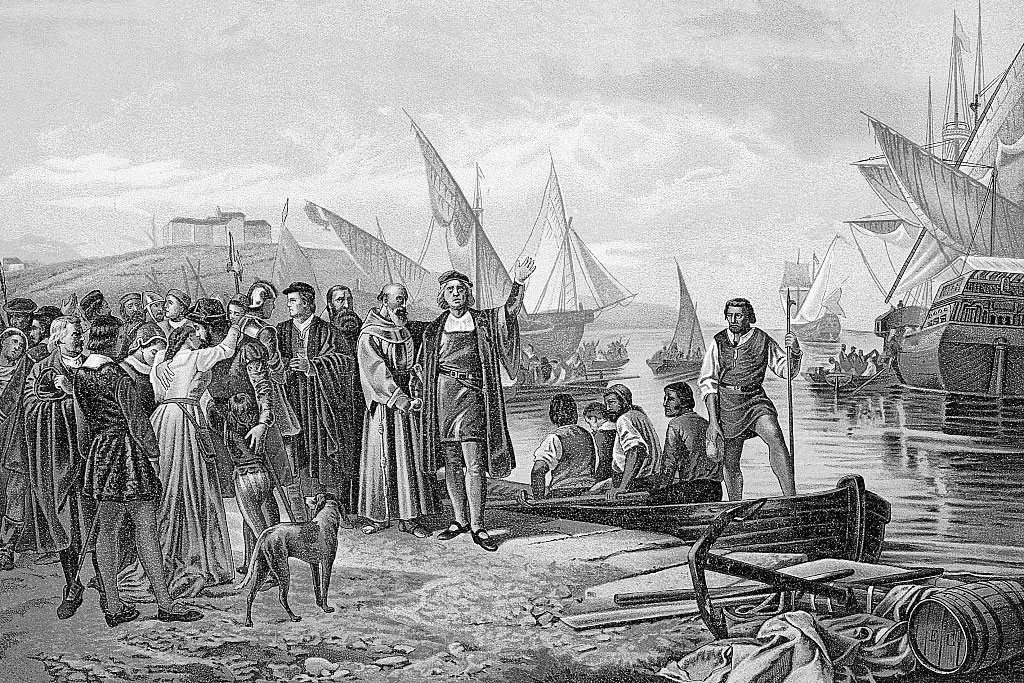
Advertisement

Photo credit: Bettmann / Contributor via Getty Images
Myth: Medieval People Thought the World Was Flat
One of the most common myths about medieval society is that people widely believed the Earth was flat, but there’s no evidence that supports this. On the contrary, by the fifth or sixth century BCE, ancient Greeks ([url=http://www.geo.hunter.cuny.edu/~jochen/gtech201/lectures/lec6concepts/Datums/Determining the earths shape.htm]specifically Pythagoras[/url]) had already begun investigating the planet’s true spherical nature, and by 240 BCE, Greek mathematician Eratosthenes even measured the globe’s circumference (and was pretty dead-on). In fact, the popularity of the flat Earth myth is a considerably more modern development: The myth was perpetuated in 1828 when Washington Irving, who’s known for his inventive short stories, penned The Life and Voyages of Christopher Columbus, which told a tale of the Italian explorer’s mission to prove that the Earth has curves.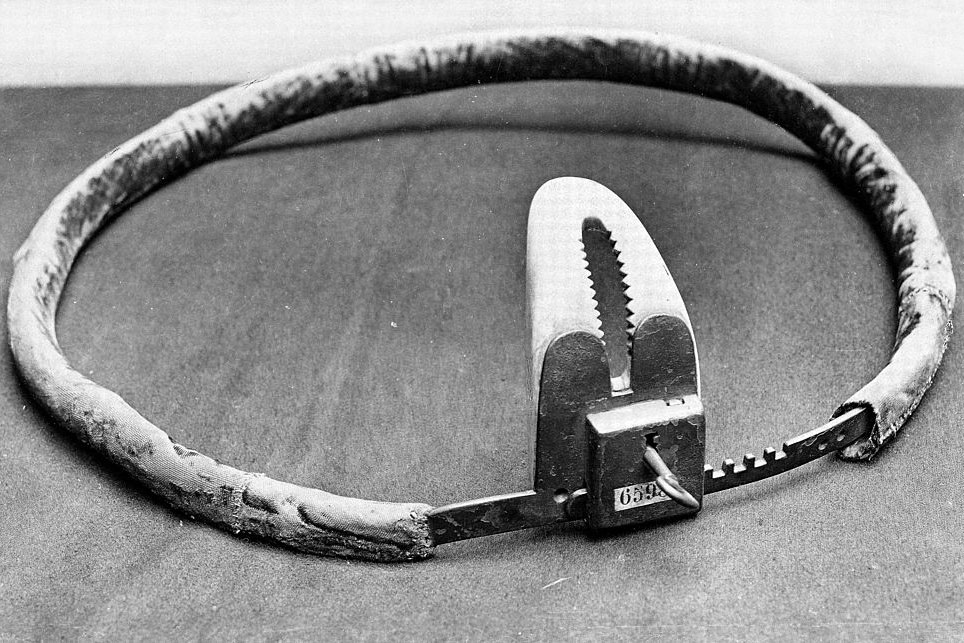
Photo credit: ND / Contributor via Getty Images
Myth: Society in the Middle Ages Was Very Chaste
The attitudes around romance during the Middle Ages can be difficult to discern, in part because so many historical sources from the era come from the Catholic Church, the predominant religion in Europe at the time. While the church deemed physical intimacy as only acceptable for procreation, medical texts described having too much but also too little intimacy as a potential health hazard that could “upset the humors,” a reference to the prevalent [url=https://www.folger.edu/blogs/shakespeare-and-beyond/the-four-humors-eating-in-the-renaissance/#:~:text=Humoral theory%2C based on the,%2C phlegm%2C and black bile.]medical theory of the day[/url]. King Louis VIII of France, for example, insisted on remaining celibate while fighting in a crusade, and the public opinion was that his death in 1226 was due to this abstinence. Women were also more liberated than many myths suggest; indeed, some historians now believe that items such as the chastity belt — an iron padlock supposedly designed to protect a woman’s “virtue” — never actually existed.
Related:5 Facts About England’s Elizabethan Era
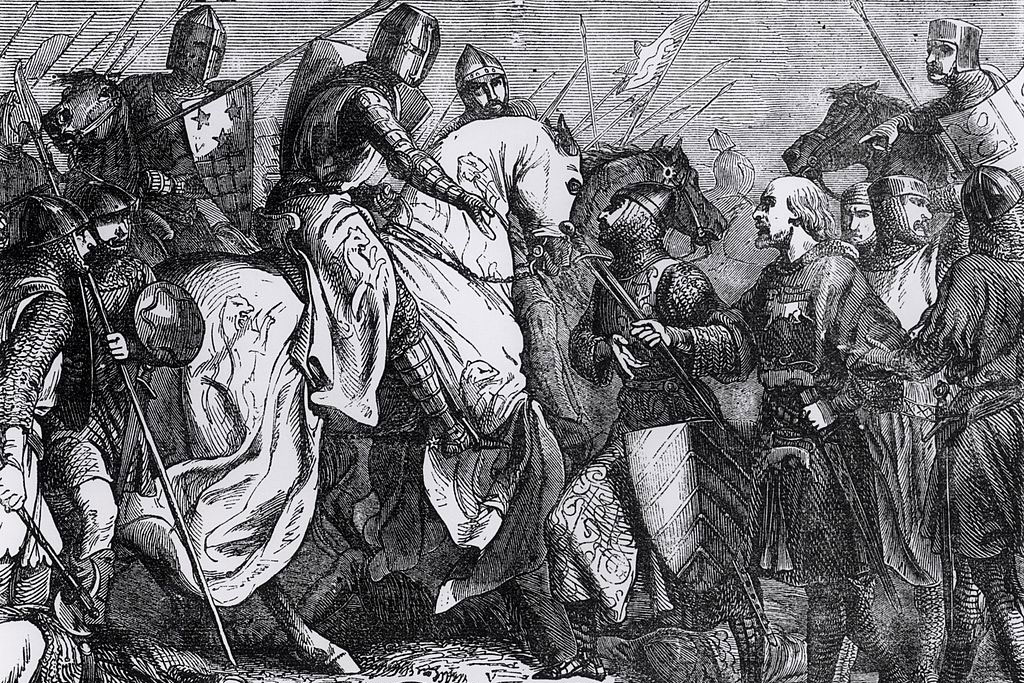
Photo credit: [url=https://www.gettyimages.com/search/photographer?photographer=Culture Club]Culture Club[/url] / Contributor via Getty Images
Myth: Knights Were Always Chivalrous
The chivalrous knight — gallant, polite, and virtuous — is one of the most enduring symbols of medieval Europe. It’s also one of the most erroneous. Being the core military warriors in feudal Europe, knights in early medieval times were often disruptive, brutish, and prone to violence, so much so that some church councils prayed to be delivered from their constant barbarism. In an attempt to tame this martial beast, an informal code of chivalry focused around the virtues of honesty, loyalty, respect, and valor, began to take shape in the 10th century CE in France. Many of the modern embellishments about knighthood arrived centuries later during England’s Victorian era, when the romantic [url=https://heritagesquarephx.org/news/victorian-medievalism/#:~:text=What is now termed %E2%80%9CVictorian,time%2C both spiritually and aesthetically.]literary movement idealized[/url] (and often exaggerated) the purity — both culturally and spiritually — of the medieval period.
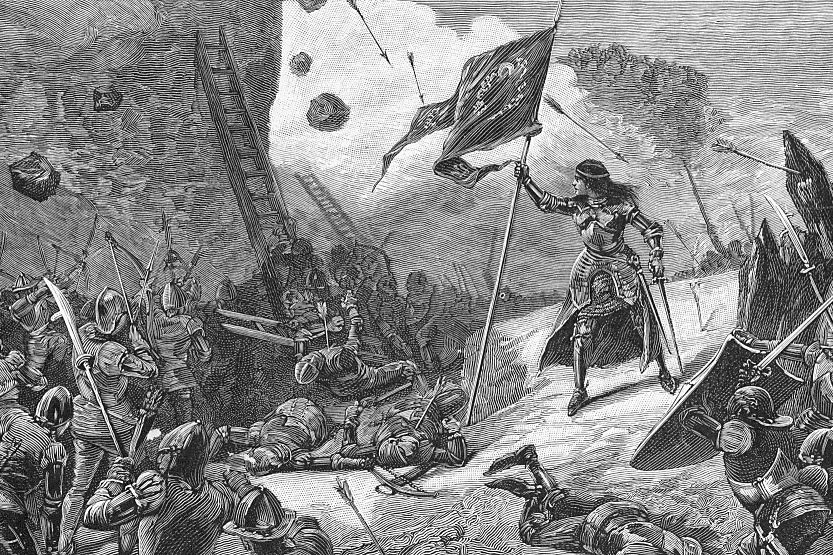
Photo credit: [url=https://www.gettyimages.com/search/photographer?photographer=Kean Collection]Kean Collection[/url] / Staff via Getty Images
Myth: Medieval Women Had No Rights
While medieval Europe is far from a shining example of egalitarianism, women in some ways had more rights than they did centuries later. Although the medieval map was a patchwork of kingdoms and duchies, examples of women owning, inheriting, and sharing ownership of properties with their husbands can be found all over Europe, and many dowries imbued women with considerable power. London letter-books also contain many examples of women working as barbers, apothecaries, armorers, shipwrights, and many other professions up until the early 16th century. The destructive Black Death that swept the continent in the 14th century even opened up opportunities for women to own and run many businesses. Women were influential rulers (Eleanor of Aquitaine), warriors (Joan of Arc), and scholars (Christine de Pisan). Today, some historians suggest that the real trouble for women came with the cultural changes of the Renaissance in the 15th and 16th centuries. For all its intellectual and artistic promise, the era created a wealthy middle class eager to mimic the royal way of life, which often busied itself about how to arrange politically motivated marriage among unmarried aristocratic women. In other words, they began treating women as financial or political assets.
Related:5 Facts About England’s Elizabethan Era
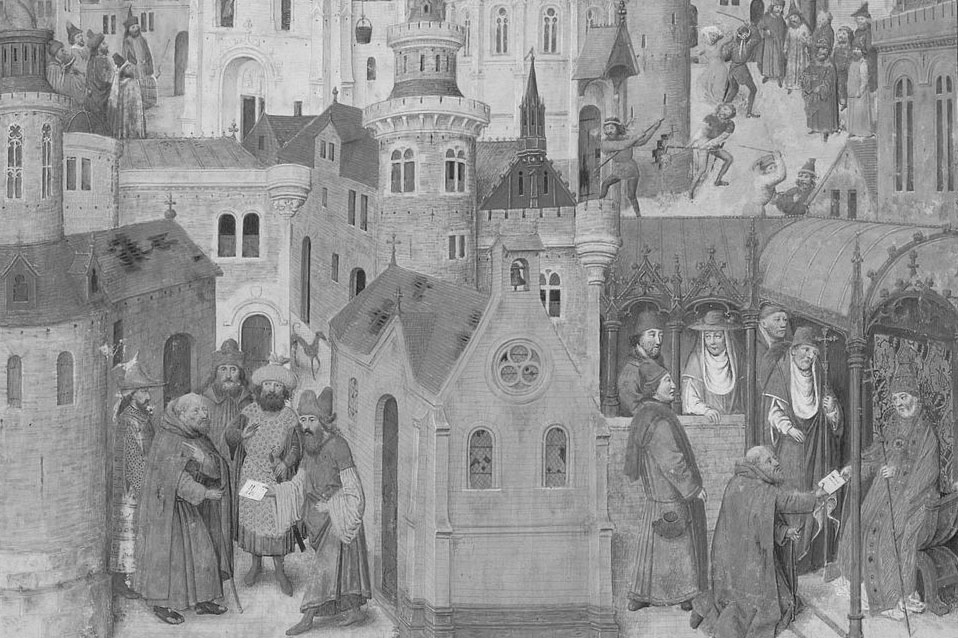
Photo credit: [url=https://www.gettyimages.com/search/photographer?photographer=Heritage Images]Heritage Images[/url] / Contributor via Getty Images
Myth: Humans Were Uneducated
For years, scholars used the derogatory term “Dark Ages” to describe the supposed intellectual black hole between the fall of the Roman Empire and the rise of the Renaissance era. Of course, the truth is never so simple. During the Middle Ages, Europe actually experienced not one but three smaller cultural revivals — the Carolingian Renaissance of the eighth and ninth centuries, which saw increase in literature and architecture during the rule of Charlemagne; the Ottonian Renaissance in Central Europe during the 10th century, which saw a revival of art and luxury coinciding with reform in the church; and a third renaissance in the 12th century that saw, among other advancements, the early beginnings of Gothic art and architecture ([url=https://www.friendsofnotredamedeparis.org/notre-dame-cathedral/#:~:text=What year was the Cathedral,made over the following centuries.]see: Notre-Dame[/url]). Some of the first European universities were founded during medieval times (including Oxford in the 12th century), and the very foundations of experimental science took shape thanks to the work of natural philosophers such as Roger Bacon (who lived in the 13th century). In their veneration of the later Renaissance and Enlightenment eras, historians in the 18th and 19th centuries unfairly cast the Middle Ages as a period bereft of any intellectual contribution, but that couldn’t be further from the truth.
 Similar topics
Similar topics» HISTORY FACTS * Yup, animals were put on trial in medieval times *
» HISTORY FACTS * The best history movies from 2023 *
» HISTORY FACTS * The funniest presidential campaign slogans in history *
» HISTORY FACTS * History's most famous pets *
» HISTORY FACTS *How long was history's shortest war? *
» HISTORY FACTS * The best history movies from 2023 *
» HISTORY FACTS * The funniest presidential campaign slogans in history *
» HISTORY FACTS * History's most famous pets *
» HISTORY FACTS *How long was history's shortest war? *
Page 1 of 1
Permissions in this forum:
You cannot reply to topics in this forum
 Events
Events























































































» *POPULAR CONTENTS* Valley of the SUN Official Newsletter
» Disneyland vacation
» WGT POETRY , QUOTES , MOMENTS , & MORE
» Word Genius Word of the day * Spindrift *
» Tales of Miurag #3 in Paperback Patreon Story in December!
» Download WhatsApp
» WORD DAILY Word of the Day: * Saponaceous *
» Word Genius Word of the day * Infracaninophile *
» THE TRUMP DUMP .....
» INTERESTING FACTS * How do astronauts vote from space? *
» WWE Crown Jewel is almost here! Don't miss the action LIVE today only on Peacock!
» NEW GUEST COUNTER
» Merriam - Webster Word of the day * ‘Deadhead’ *
» WWE Universe: Your Crown Jewel Broadcast Schedule has arrived!